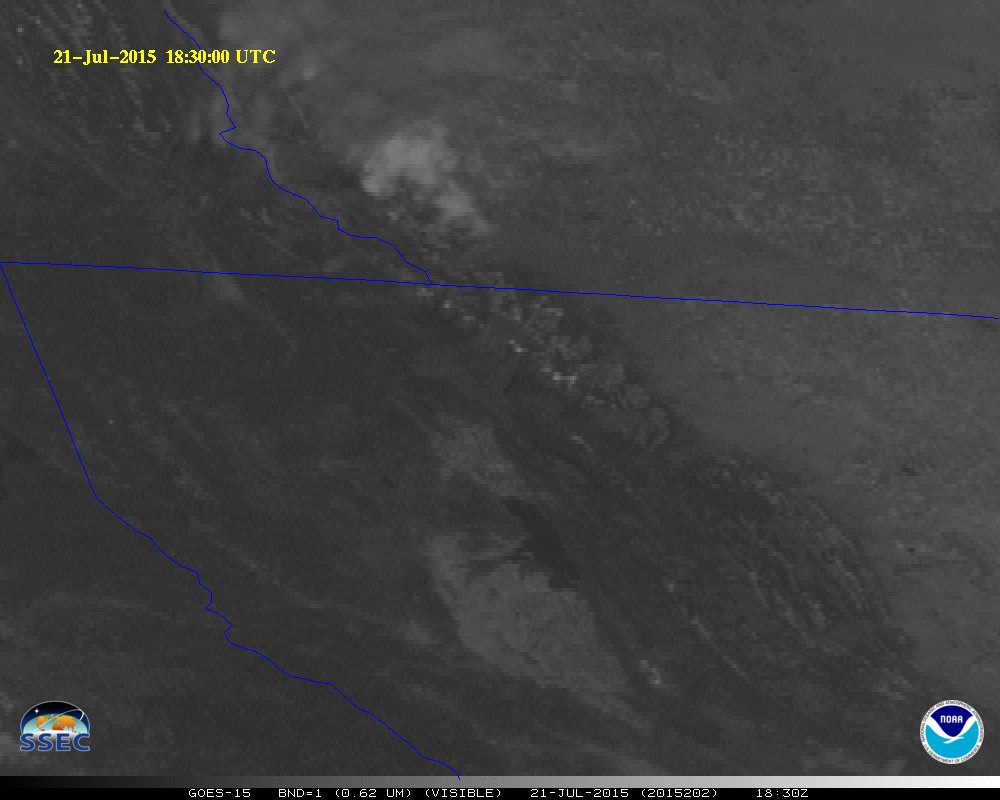The birth of the Reynolds Creek Fire in Glacier National Park on the afternoon of July, 21 is seen in this animation of images from the GOES-15 weather satellite. To the north of the smoke plume from the Reynolds Creek Fire you can also see another plume from a fire in neighboring Canada. (Source: CIMSS Satellite Blog/SSEC-University of Wisconsin/NOAA) Although the Reynolds Creek Fire burning in Glacier National Park may not be particularly large (at least not yet), its smoke plume and even its glow have been easily visible from space. And back on the ground, photographers have already captured some spectacular images of the blaze. The wildfire began at about 3:45p.m. on Tuesday, July, 21, about six miles east of Logan Pass in Montana's Glacier National Park. Lightning is the likely culprit, but a definitive determination hasn't been made yet. It has been burning along the shores of Saint ...
As Northern Lights Shimmer, a Glacier National Park Fire Lights up the Nighttime Sky — and Is Visible From Space
The Reynolds Creek Fire in Glacier National Park generates a glow visible from space, highlighting the wildfire's rapid growth.
More on Discover
Stay Curious
SubscribeTo The Magazine
Save up to 40% off the cover price when you subscribe to Discover magazine.
Subscribe













